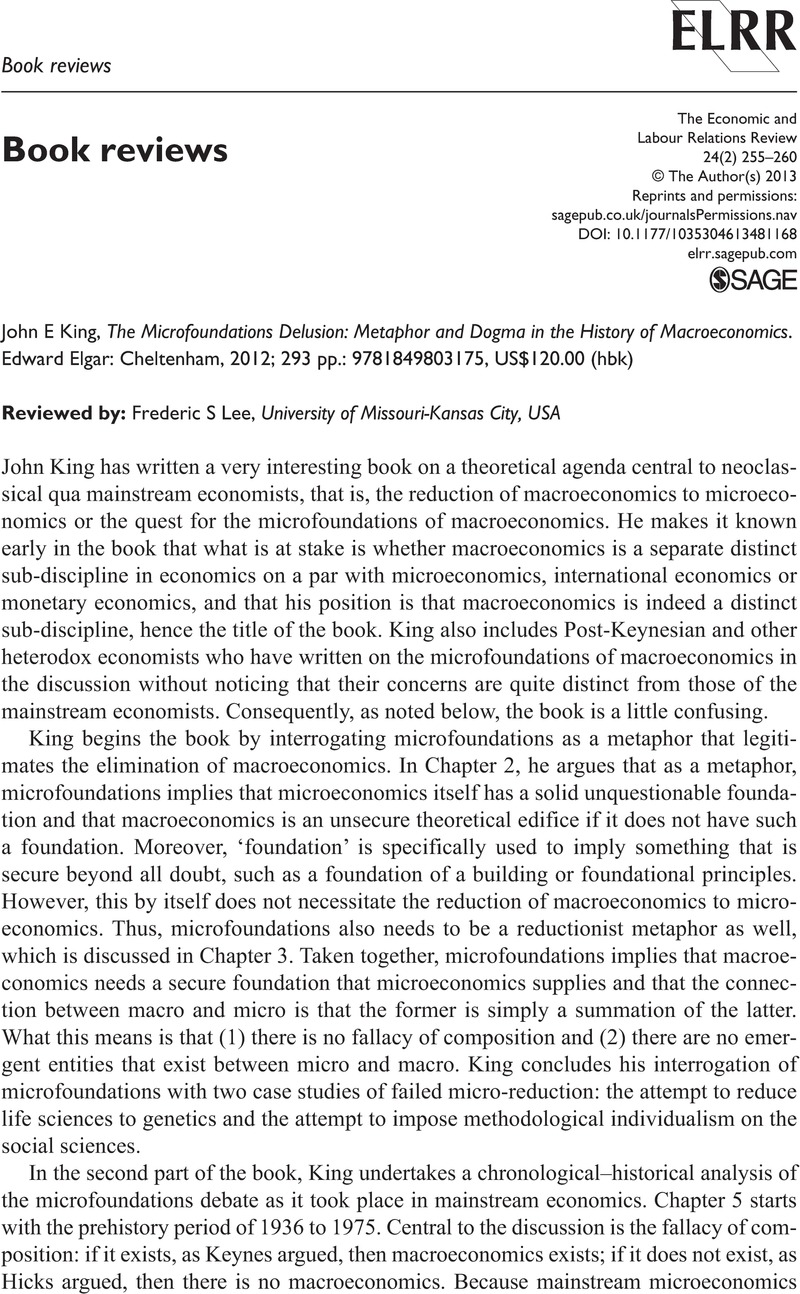Crossref Citations
This article has been cited by the following publications. This list is generated based on data provided by Crossref.
Lavoie, Marc
2016.
Frederic Lee and Post-Keynesian Pricing Theory.
Review of Political Economy,
Vol. 28,
Issue. 2,
p.
169.



